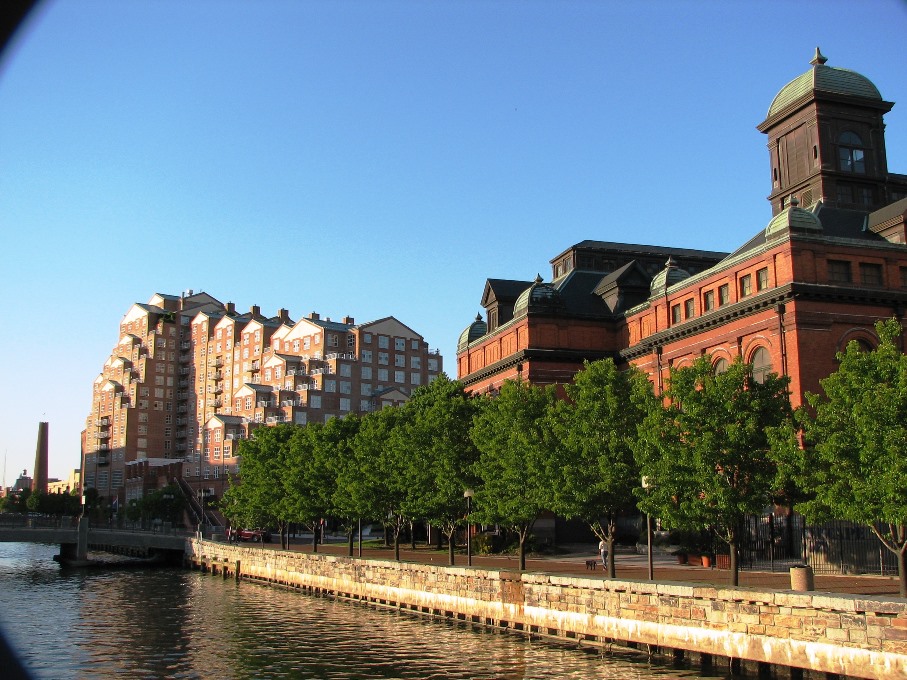A new paper published by the Ecological Society of America is titled “Socioecological revitalization of an urban watershed“. Here’s a brief overview:
Older, economically troubled urban neighborhoods present multiple challenges to environmental quality.Here, we present results from an initiative in Baltimore, Maryland, where water-quality improvements were rooted in a socioecological framework that highlighted the interactions between biogeophysical dynamics and social actors and institutions.
This framework led to implementation of best management practices fol-lowed by assessment of changes in human perception, behavior, and education programs.
Results suggest that such an initiative can improve both water quality (eg. reductions in nitrogen and phosphorus runoff) and qual-ity of life (eg increased involvement in outdoor recreation by residents and improvements in student environmental literacy and performance) in urban neighborhoods.
However, proposed solutions to the water-quality problems in such neighborhoods have (1) typically emphasized the need for stormwater facilities that are difficult to build and maintain and (2) comprehensively addressed neither the issues related to aging infrastructure and hydrologic complexity nor the benefits derived from linkages between resident perception of environmental improvements and behavior and water-quality outcomes.
- Dense, underserved urban neighborhoods with aging sanitarysewer and stormwater infrastructure are “hotspots” (ie areas of special concern) for water pollution;
- These neighborhoods process stormwater and associated contaminants in complex and unexpected ways;
- Solving water-quality problems in these neighborhoods requires “retrofits” of stormwater infrastructure that can be difficult to design, implement, and maintain;
- Implementation of best management practices to address water-quality problems while considering neighborhood social dynamics, resident values and goals, and institutions can improve water quality, increase residents’ satisfaction with the environment, foster participation in outdoor activities, andenhance environmental education among students.
Photo of Baltimore is by Storm Cunningham.

